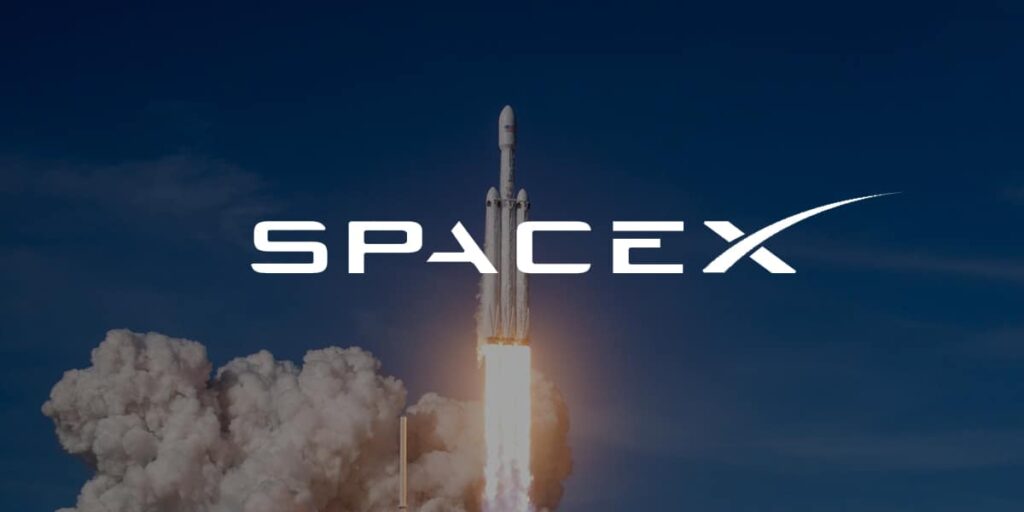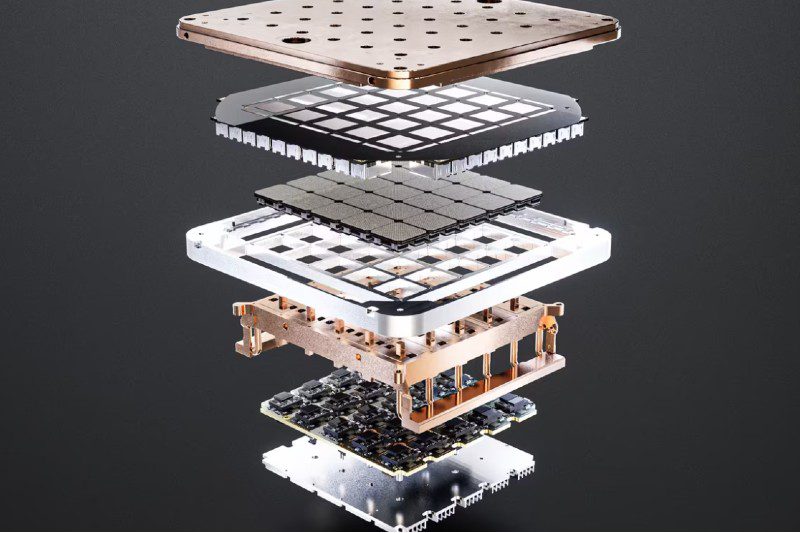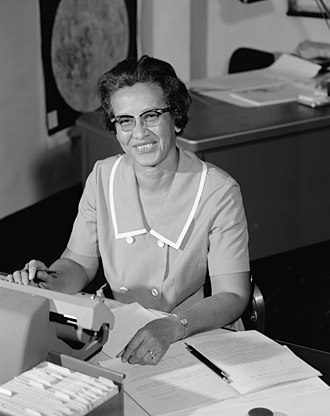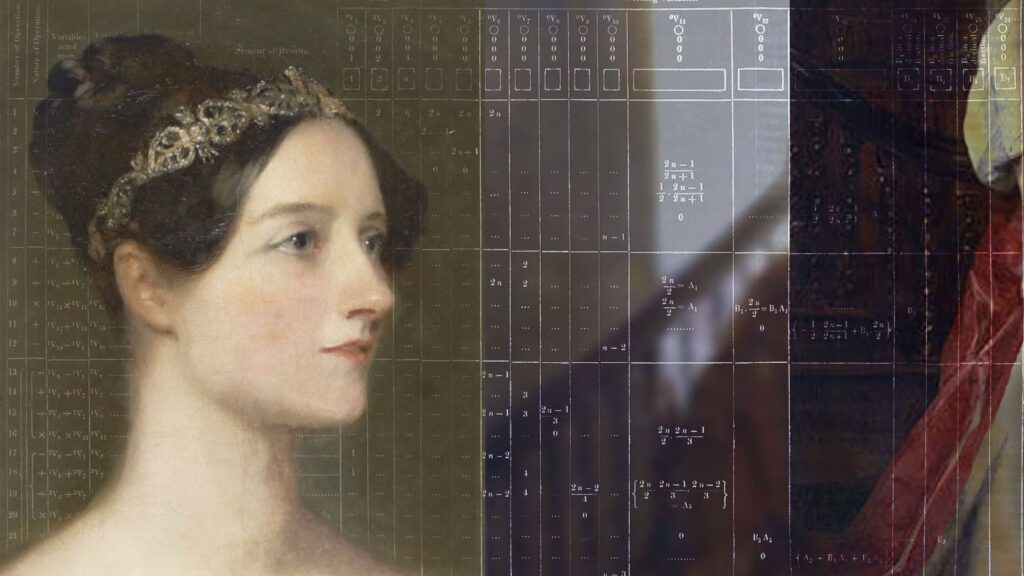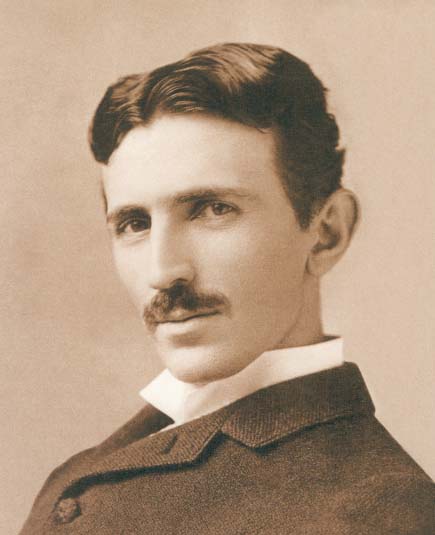The tech world has been buzzing about Tesla’s proprietary Dojo AI supercomputer, a cutting-edge deep learning system that stands out in the AI arena. Born in 2018, Tesla’s in-house team of AI experts created Dojo with the objective of training AI models faster and more efficiently. This article delves into the origin, features, and future of the Dojo AI supercomputer. Dojo is equipped with robust hardware capable of handling massive amounts of data and computational loads. The system is powered by Nvidia’s latest GPUs, boasts high-speed interconnects and large memory capacities, making it a prime candidate for deep learning model training. Additionally, Dojo operates on a custom Linux version and features an optimized software stack including TensorFlow, PyTorch, and CUDA, specifically tailored for deep learning tasks. The Dojo AI supercomputer trains AI models through deep learning algorithms fed with labeled data such as images and videos. Once the models are trained, they can be utilized for real-time recognition of objects, scenes, and patterns in new data. The Dojo system can also be utilized to train autonomous vehicle AI models for deployment in Tesla’s self-driving vehicles. How Tesla’s Dojo AI Supercomputer Works Compared to traditional AI systems, Dojo offers several benefits, including the ability to handle large amounts of data, scalability, and an optimized software stack specifically designed for deep learning tasks. As one of the world’s most advanced AI systems, the Dojo is constantly being improved by Tesla’s in-house AI experts and is expected to receive hardware and software upgrades in the future. Dojo differs from traditional Nvidia GPUs in its architecture and performance. As a custom processor designed solely for AI and deep learning tasks, Dojo boasts a wider memory bandwidth, advanced interconnect architecture, faster processing speed, higher energy efficiency, and lower latency compared to traditional Nvidia GPUs. The Benefits of Tesla’s Dojo AI Supercomputer Tesla’s Dojo AI supercomputer offers several key benefits over traditional AI systems. One of the biggest benefits is its ability to handle large amounts of data, which enables Tesla to train its AI models faster and more efficiently. Additionally, the system is scalable, allowing Tesla to upgrade it as new hardware becomes available. Another key benefit of the Dojo AI supercomputer is its software stack, which has been specifically designed for deep learning tasks. This makes it easier for Tesla’s AI experts to train AI models, and it also ensures that the models are optimized for real-world applications. The Enigma of Tesla’s Dojo AI Supercomputer’s Future The Dojo AI supercomputer, deemed as one of the most groundbreaking AI systems globally, foretells a radiant future. Tesla’s AI wizards, working in-house, are indefatigably striving to upgrade the system, and it’s likely that the system will be fitted with new software and hardware advancements in the upcoming years. The AI training sector has, until now, relied on Nvidia Graphics cards. The Dojo processor, designed exclusively for AI and deep learning activities, deviates from the conventional Nvidia GPUs, such as those that employ Tensor Cores, in terms of both its architecture and performance. Distinct Architectural Characteristics: Processor Configuration: Dojo is a custom-made processor crafted for AI and deep learning operations. It is refined for the matrix operations frequently used in deep learning algorithms, whereas, the traditional Nvidia GPUs were initially created for gaming and general-purpose activities and rely on Tensor Cores as an addition to enhance matrix operations. Memory Width: The Dojo system boasts a wider memory bandwidth compared to conventional Nvidia GPUs, enabling it to handle massive data amounts with enhanced efficiency, particularly vital for deep learning operations where these algorithms often demand real-time processing of large data volumes. Interconnections: Dojo’s interconnect architecture surpasses that of conventional Nvidia GPUs, allowing it to manage high-speed data transfer between the processor and memory, a crucial aspect for deep learning operations. Performance Variations: Processing Velocity: The Dojo system, engineered for AI and deep learning operations, outpaces conventional Nvidia GPUs for these activities, optimized for the matrix operations commonly utilized in deep learning algorithms. In conclusion, Tesla’s Dojo AI supercomputer is a trailblazing technology that has the potential to shape the future of AI. With its powerful hardware, optimized software stack, and scalability, Dojo is a contender in the race for building autonomous vehicles and pushing the limits of deep learning.

